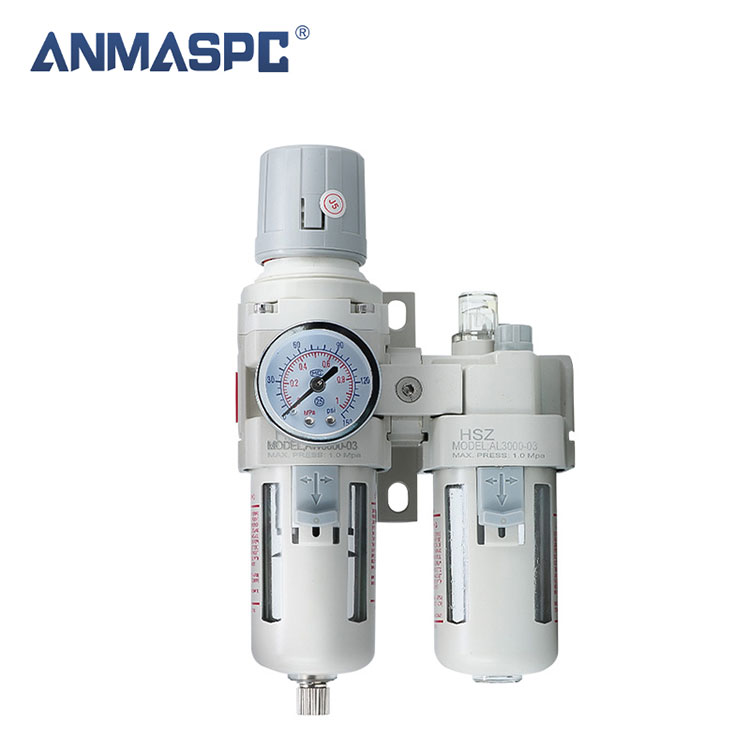Functions of Pneumatic Air Source Treatment
2024-05-15
Pneumatic air source treatment, also known as air preparation, is a crucial aspect of pneumatic systems used in various industrial applications. It involves filtering, regulating, and lubricating compressed air to ensure its cleanliness, stability, and suitability for use in pneumatic components and machinery. Here are the key components and functions of pneumatic air source treatment:
1. Air Filters: Air filters are the first line of defense in pneumatic air source treatment. They remove contaminants such as dust, dirt, oil, water droplets, and other particles from the compressed air stream. Filters can be made of various materials and may incorporate different filtration mechanisms, including mechanical filtration, absorption, and coalescing, to achieve the desired level of air cleanliness.
2. Pressure Regulators: Pressure regulators are used to control and maintain the pressure of the compressed air within a specified range. They adjust the pressure downstream of the filter to meet the requirements of pneumatic components and systems. Pressure regulators ensure consistent performance of pneumatic actuators, valves, and other devices by preventing pressure fluctuations and overpressurization.
3. Lubricators: Lubricators inject a fine mist or spray of lubricating oil into the compressed air stream to lubricate pneumatic components such as cylinders, valves, and air motors. Lubrication reduces friction, wear, and corrosion, prolonging the lifespan and enhancing the performance of pneumatic equipment. Lubricators are typically located downstream of the pressure regulator and may include adjustable flow control to regulate the amount of lubricant delivered.
4. Filter-Regulator-Lubricator (FRL) Units: FRL units combine air filters, pressure regulators, and lubricators into a single assembly for compact and convenient air source treatment. FRL units are commonly used in pneumatic systems to provide comprehensive air preparation in a space-saving package. They may also include additional features such as pressure gauges, drain valves, and shut-off valves for ease of operation and maintenance.
5. Drainage Systems: Drainage systems are essential for removing moisture and condensate from the compressed air stream. They prevent water accumulation in pneumatic components, which can cause corrosion, malfunctions, and reduced performance. Drainage systems may utilize automatic drain valves, manual drain valves, or separators to effectively remove moisture from the air before it enters the pneumatic system.
6. Air Quality Standards: Pneumatic air source treatment aims to meet specific air quality standards and requirements for different applications. Depending on the application and industry standards, pneumatic systems may require different levels of air cleanliness, moisture content, and oil content. Air treatment components and techniques are selected and configured accordingly to achieve the desired air quality for optimal performance and reliability.
Overall, pneumatic air source treatment is essential for ensuring the efficient, reliable, and safe operation of pneumatic systems in various industrial applications. By removing contaminants, regulating pressure, and lubricating components, air preparation enhances the performance, longevity, and productivity of pneumatic equipment while minimizing downtime and maintenance costs.



